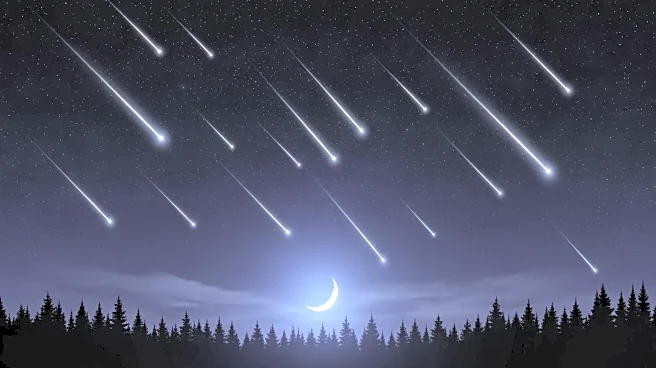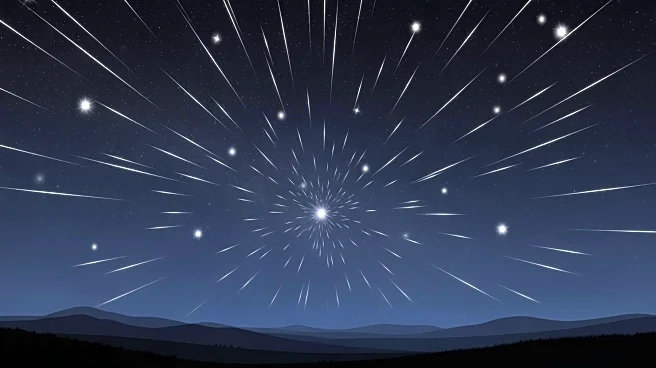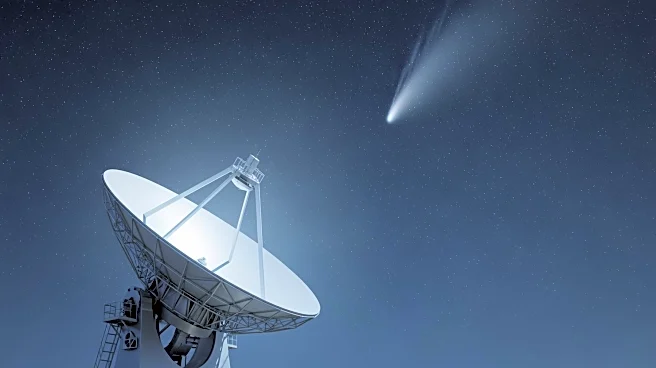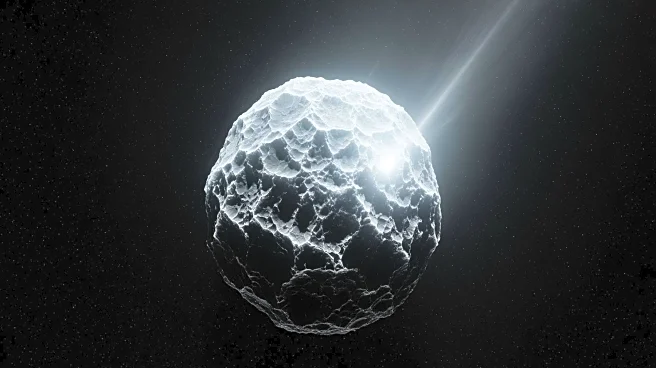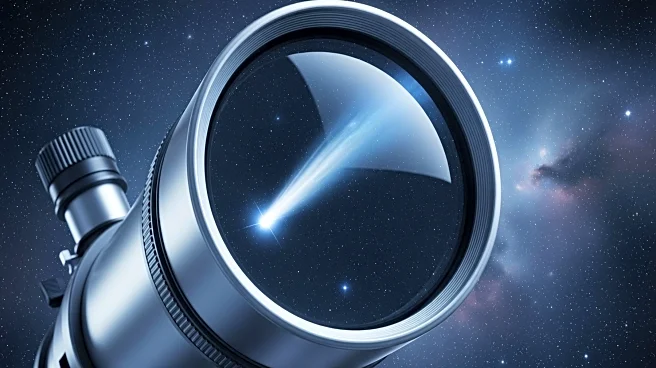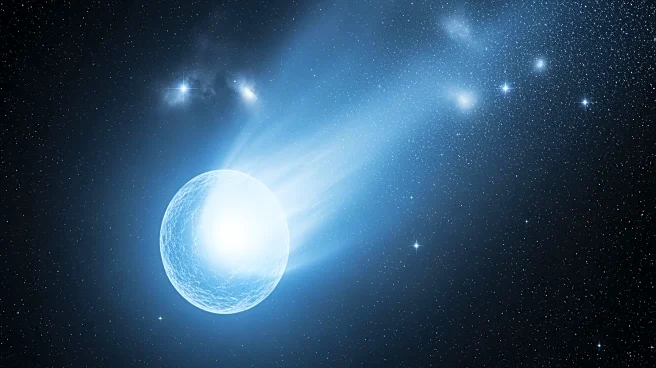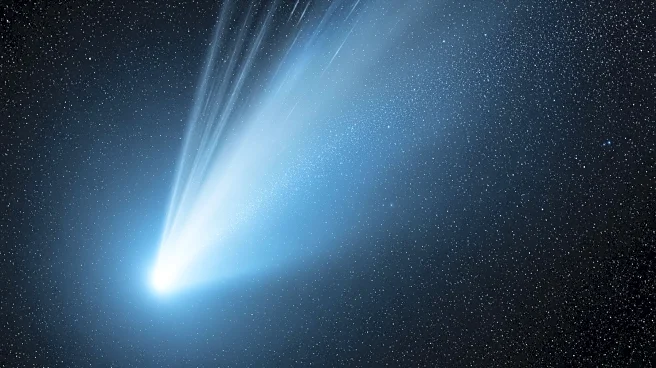What's Happening?
NASA's Jet Propulsion Laboratory has outlined several notable celestial events occurring in November 2025. Among these, the conjunction of Mars and Mercury is set to take place on November 12th, where
the two planets will appear close together in the night sky, despite being over 100 million miles apart. Observers can spot Mars just to the right above Mercury, identifiable by its reddish-orange hue. Additionally, the Leonid meteor shower will peak on November 17th, offering a spectacle of 10-15 meteors per hour under dark skies. This meteor shower is a result of Earth passing through debris from the comet 55P/Tempel-Tuttle. Saturn's rings will also disappear from view on November 23rd due to the planet's orbital angle, although they will gradually become visible again as Saturn continues its orbit.
Why It's Important?
These celestial events provide opportunities for both amateur and professional astronomers to engage with the night sky and deepen their understanding of planetary movements and meteor showers. The Mars-Mercury conjunction offers a rare chance to observe planetary alignment, enhancing public interest in astronomy. The Leonid meteor shower, known for its bright meteors, is a significant event for sky watchers and contributes to scientific studies of cometary debris. Saturn's ring disappearance is a reminder of the dynamic nature of planetary systems and can stimulate interest in planetary science. These events can inspire educational activities and public outreach, fostering a greater appreciation for space exploration and science.
What's Next?
Following these events, astronomers and enthusiasts may continue to track the visibility of Saturn's rings as they gradually reappear. The Leonid meteor shower will continue to be visible until December 2nd, providing ongoing opportunities for observation. Educational institutions and science centers might organize viewing events or workshops to capitalize on public interest. NASA and other space agencies may use these events to promote their missions and research, encouraging public engagement with space science. The conjunction of Mars and Mercury could lead to further studies on planetary alignments and their implications for celestial navigation.
Beyond the Headlines
The disappearance of Saturn's rings highlights the importance of understanding planetary dynamics and the impact of orbital mechanics on celestial observations. This event underscores the need for continued investment in space research and technology to explore and document such phenomena. The Leonid meteor shower offers insights into the composition and behavior of cometary debris, contributing to broader studies on the solar system's formation and evolution. These events can also serve as a catalyst for discussions on the cultural significance of astronomy and its role in human history and exploration.



